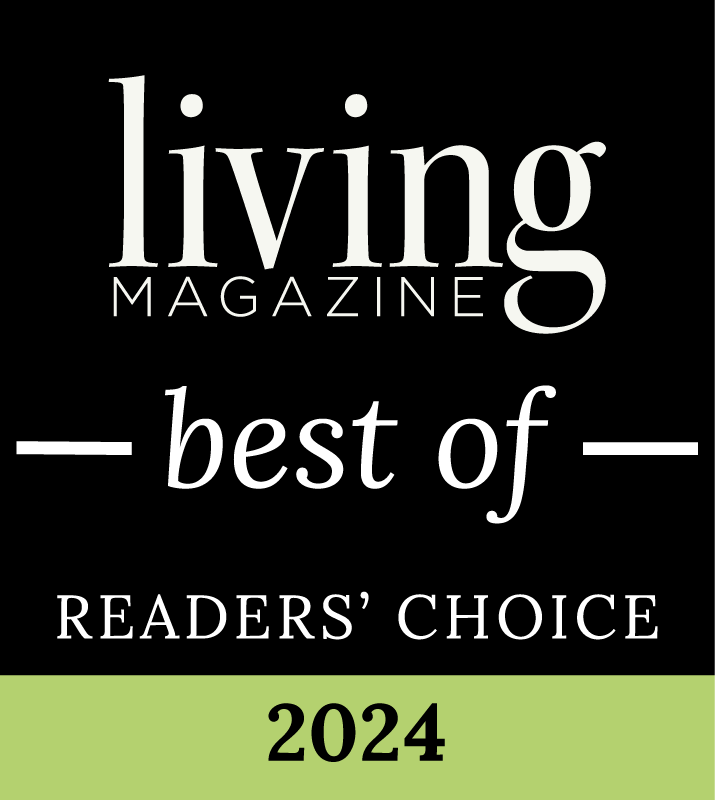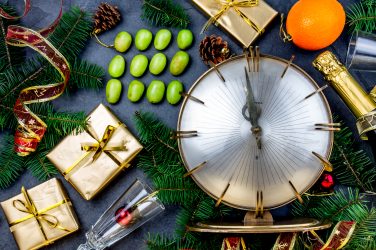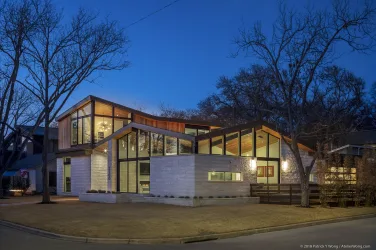
By Mimi Greenwood Knight
It happened again this morning. I heard my husband “whisper” from the dining room, and I dashed in just in time to see a gray heron snatch up a fish from our pond and make quick work of it into his beak and down his gullet. Our wooded lot delights us with a parade of rabbits, turtles, opossums, raccoons, squirrels, deer, and even the occasional fox or coyote. And our bird feeders and pollinator gardens provide entertainment all year round.
There are many reasons to welcome wildlife into your yard’s ecosystem. Many landscape plants rely on pollinators to transport pollen for them. And if you’re growing edible crops, more pollinators mean a larger yield of fruits, vegetables, and herbs. And you don’t have to live in the country to welcome wildlife to your backyard.
If you build it, they will come. Knowing what to “build”— no matter how small your yard — can help you attract and satiate birds, bees, butterflies, and more. And now’s a great time to get started, even if it’s just developing your game plan.
All wildlife needs four fundamental things to survive: food, water, cover, and places to reproduce and raise their young. Start by considering what you’d like to attract to your yard. Then research their preferences on sites such as BirdsandBlooms.org and BoundbyBeauty.org.
Plant Choice
Choose plants with pollen and nectar if you’re hoping to attract bees, while hummingbirds and butterflies are only interested in nectar (yet pay dividends by transferring pollen as they forage). Some plants containing pollen and nectar are coneflower, black-eyed Susan, aster, and zinnia. Flowering herbs, such as lavender, are also a lovely addition.
Colors
Different wildlife is attracted to different flower shapes and colors, too. Bees like white, blue, and yellow, while most birds prefer white, red, and orange, and butterflies go ga-ga for red, yellow, and purple. Butterflies and bees prefer flat, open blooms with large petals they can land on and shorter nectar tubes, while tubular, trumpet-shaped flowers like honeysuckle and lobelia attract those glorious hummingbirds. The website WildOnes.org can help you choose native plants most attractive to our native wildlife and noninvasive to our area.
Diversity
Whether you’re growing in pots or flowerbeds, offer your plantings ample sun, water, and protection from harsh winds. Stagger blooms throughout the year, so there’s always something for wildlife to enjoy. You can also stagger the heights of your plants and, to appeal to a diverse audience, plant in groups of three or four rather than a single plant type. Consider planting a mix of perennials, annuals, and edibles. (Herbs are great fun!)
Don’t Forget the Water
Don’t forget to provide a shallow water source for wildlife to drink and bathe in. And include some shelters, such as birdhouses. Once you’ve put out the welcome mat, invest in some binoculars and a field guide or ID app, sit back, and enjoy the show.
H-appy Hunting
Here are some fun apps to help you identify the wildlife you attract.
Seek by iNaturalist
Seek is a great all-around nature app (and free) that helps you identify plants, trees, fungi, birds, butterflies, insects, spiders, and other critters in your yard or on excursions. And it’s crazy accurate!
Merlin Bird ID
I love using this free app from the Cornell Lab of Ornithology as I drink my morning coffee on the deck. It not only identifies any birds calling around me but lights up each time a bird calls again to help me identify which bird is making which call.
PictureThis
While the PictureThis app does cost $29.99, Rutgers University recently ranked it best plant-ID apps. The app identifies plants and offers an image gallery, a care guide, a list of benefits to wildlife, and sometimes even a snippet of a poem about the plant. If it appears unhealthy, it may also offer a diagnosis of the problem.
Leps by Fieldguide
Leps is crowdsourcing for butterfly geeks. The free app is a collection of butterfly images with information about the taxonomy and life stages of each. Users can also contribute their own images of butterflies and moths they encounter.
Learn more about wildlife gardening HERE on LivingMagazine.net










